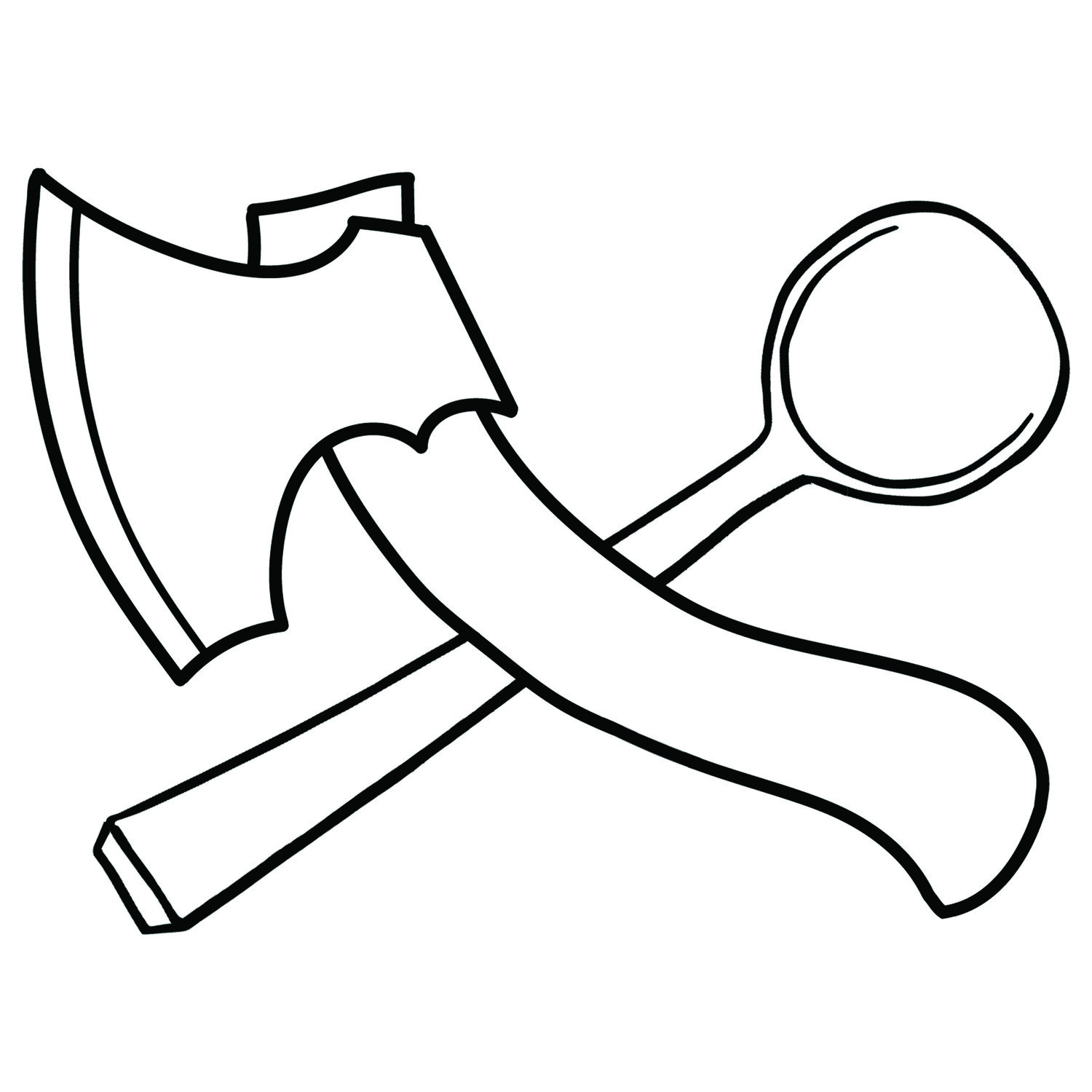Cups
Now the Farmers’ Market has finished, I’ve been able to focus on new products. I’ve been turning end grain cups. I turned my first end grain cups back in February during my apprenticeship. And none since. The main reason is not having the proper tools for end grain turning. I wanted to make my own hooks. That required blacksmithing equipment. I’ve slowly gathered everything I need: a small propane forge, a two pound hammer, tongs, a section of train track for an anvil and some O1 tool steel.
I forged myself nine new hooks. A few bowl hooks and two sets of end grain hooks. Once I had the hooks sharpened, I chucked some wood on the lathe and started turning a cup. It quickly became clear that a few of the hooks just weren’t working. Which is fine. Before this, I only forged two turning hooks from start to finish. Under direct supervision at that. Fortunately I was able to throw the bad hooks back in fire and rework them. I still haven’t quite got them working the way I want. But I’ll get there.
Back when I built my first pole lathe, I was using a set of three hooks I bought from Ben Orford. Turns out the cranked hook works well for end grain hollowing. I still want to make a specialised tool for end grain hollowing, but this works well enough until I have all the factors figured out.
For those of you who follow me on Instagram or Facebook already know some of the problems I’ve been facing. In the past two weeks I’ve turned about a dozen cups. Four have (so far) survived. The first cup I went too thin and cut a hole through the cup wall. While turning the second cup, the hollowing tool caught and twisted inside the cup. This pushed agains the rim, splitting it. It was a small split and I finished the cup anyway. For the practice. In the first week of having the tools I got four cups off the lathe and onto the drying shelf. All of them split while drying.
That was a mildly crushing defeat. Having cups fail on the lathe is entirely down to bad technique. I’m fine with that. It shows, quite clearly, techniques I need to improve. Having them split while drying feels much more avoidable. I’m sure part of it is cup design. I might have left areas too thick, or unevenly thick. Historically, end grain cups tended to have relatively thick bases and . Robin Wood has some great examples in his book The Wooden Bowl. Comparing my failed cups to the 10th century cups examples, they didn’t seem much different. If it wasn’t design, then the cups cracked due to environmental conditions.
I confidently chucked my cups up on the shelf because that’s were I’d been (successfully) drying out bowls. Zero bowl casualties, 100% cup fatalities. Clearly, cups aren’t bowls. After sharing a picture of my cracked bottom (that sounds wrong) I received an outpouring of help from the green woodworking community. A lot of the advice is stuff I kind of know already: put it in a paper bag, surround it in wet wood shavings, basically increase the humidity of the drying environment to slow the movement of moisture out of wood. It was all stuff I didn’t do. So now the cups will be spending a couple of week lounging in a paper bag filled with wood shavings. The fact that the humidity of my workshop is about 70% suggests I still need to work on design as well.
As annoying as failures are, they still represent really important opportunities for learning. My failed turning hooks have shown me how to make better hooks. The cups that failed on the lathe told me what techniques I need to work on. The cups that split while drying were an important reminder that the cups aren’t finished until they’re actually ready for use. Even then they might fail in use, demonstrating more ways to improve.
